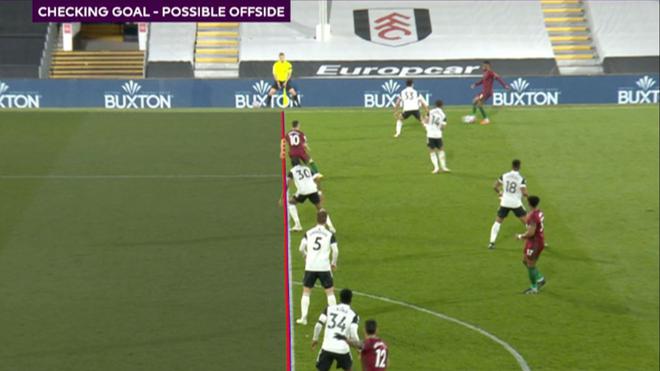
The Evolution of the Offside Rule: A Century of Impact on Football
On June 13, 1925, a pivotal meeting held at 22 Rue de Londres in Paris would forever change the landscape of association football. The International Football Association Board (IFAB) voted to amend the offside rule, reducing the number of players required to keep an attacker onside from three to two. This seemingly minor alteration had monumental implications, shifting the dynamics of play, increasing goal scoring, and reshaping tactical strategies across the sport for the last hundred years.

Historical Context
Before 1925, the offside rule was a significant barrier to offensive play, creating a landscape dominated by tactical defenses that relied heavily on the offside trap. This conservative approach often resulted in fewer goals, as attacking teams faced considerable hurdles in breaking down organized defenses. The season leading up to the rule change saw only 4,700 goals scored across the Football League divisions.
The new regulation shifted the balance, encouraging more attacking football and resulting in a dramatic increase in goals. In the following season, the tally skyrocketed to 6,373 goals, demonstrating the immediate impact of the revised rule.
The Statistical Surge
Notably, this increase in goal scoring was not just a statistical anomaly; it was a reflection of a fundamental shift in how football was played. The quintessentially attacking style began to flourish, with forwards gaining newfound freedom to exploit spaces behind defenses. This led to more dynamic and entertaining matches, with clubs modifying their tactics to embrace an offensive philosophy.
Renowned players such as Dixie Dean, who famously netted 60 goals in a single season for Everton in the late 1920s, became embodiments of this attacking ethos. The rule change effectively made the game more compelling, as teams sought innovative ways to maximize their scoring potential.
Tactical Shifts
The alteration of the offside rule ushered in a transformation in tactical approaches. Coaches were now tasked with developing systems that capitalized on the increased risk posed by attackers. The formation of the "WM" (3-2-2-3) formation became popular, allowing teams to maintain a solid defense while simultaneously fostering a potent offensive presence.
Interestingly, the initial chaos resulting from the rule change led to a brief period of extraordinarily high-scoring games. For example, on the first day of the new laws, Aston Villa triumphed over Burnley with a staggering 10-0 victory. However, as teams adapted, tactical caution returned. Defenders began to adopt deeper positions, realizing that the game required a balance between attack and defense.
John Cottrell, in his book A Century of Great Soccer Drama, noted, “The new law apparently favored forwards even more than the old rule had assisted defenders.” The evolution of the game necessitated a tactical equilibrium that would forever influence coaching philosophies.
Long-term Implications
As we look towards the future, the evolution of the offside rule continues to spark debates in modern football. The introduction of technologies such as video assistant referees (VAR) has brought about complexities in officiating the rule. While VAR aims to enhance fairness, it has also reignited discussions about the spirit of the game and the impact of technology on tactical decision-making.
The offside rule has undergone various interpretations and modifications since its inception, reflecting the game's continuous evolution. Coaches and players are now tasked with understanding nuanced applications of the rule, with discussions surrounding the interpretation of "clear daylight" between players often taking center stage.
Conclusion
As we commemorate the centenary of the offside rule's significant transformation, it is crucial to acknowledge its lasting impact on football. The rule change not only altered the tactical landscape but also shifted how the game is perceived by fans and players alike.
The legacy of this decision is evident in the tactics employed by modern teams, from high-pressing styles to the intricate positional play that defines contemporary football. As the sport evolves, the offside rule remains a central topic of discussion, illustrating how a single decision can resonate throughout the annals of football history, reminding us of the game's ever-changing nature.
For further insights into this topic and more on the evolution of football, you can read more on The New York Times.
In reflecting on this enduring rule, we see not just a change in how the game is played, but a profound impact on its culture and the ongoing narrative of football. The offside rule, indeed, remains a cornerstone of the sport, shaping tactics and influencing generations of players and fans alike.